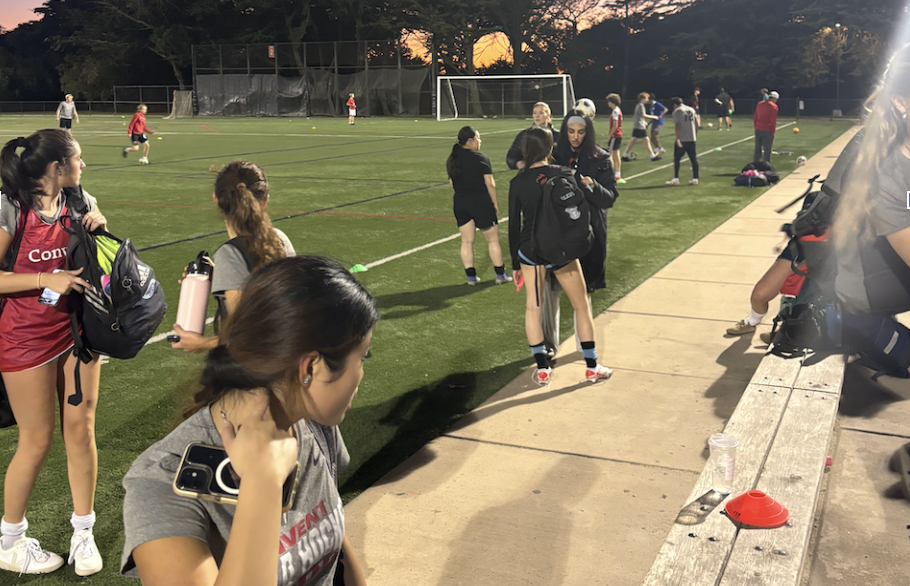Anjali Shrestha
Features Editor
Becoming a good athlete requires focus, passion, skill, hard work — and the proper accessories. The latest technological performance accessories — necklaces, bracelets and armbands — have become popular among professional basketball and baseball players as well as teenagers.
Power Balance — one of the several products on the market, claims its bracelets use technology that works with an individuals “natural energy field,” using a chip in the middle to “harmonize” the body. While athletes such as Shaquille O’Neal swear by the accessory sold for $29.95 at any sporting goods store, I was skeptical that a thin rubber bracelet could truly give players an extra edge.
To examine this claim, I tried out the tests advertised on the company’s website designed to demonstrate how this “revolutionary new product” works.
Without wearing a Power Band, I lifted my arm while standing on one leg and my partner put pressure on my arm, just as the tutorial instructed, and quickly fell over. I repeated the tests two more times, and when I put on a Power Balance Band I was able to reach my arm back further.
At first I was surprised by the results, but I soon realized that I had practiced the drill twice before putting the bracelet on. Logically, it made sense that I had better balance the second time, whether or not I was wearing a Power Band.
The bigger question, though, is how accurate a test posted on a website and conducted at home could be. Results from different people are certainly incomparable as the tests were taken under different conditions. It seems the “test” does not produce accurate results that can prove the quality of the product.
Power Balance is not alone in its claims to enhance the body through an accessory. Other companies like Phitan manufacture titanium accessories that are supposed to “regulate balance and flow of energy,” are popular among Major League Baseball players. The products claim to work using similar principles but are manufactured on a larger and pricier scale into necklaces and chains.
“So far there is no scientific evidence or research supporting improvement in balance or a reduction in stress,” physical therapist Paige Graziano said. “Marketing has played a big role in this. If they believe it works, then they feel better.”
A placebo effect might allow athletes to actually perform better and ease pain. A study led by University Medical Center Hamburg-Eppendorf in Germany in 2009 showed placebos activate the brain to naturally produce a substance that blocks transmission of pain signals.
While performance technology may cause some people to become better athletes, it appears it is no more effective than lucky socks or a favorite t-shirt. Yet high school athletes are not deterred from trying them.
“I wear it because I play tennis everyday,” senior Erin Minuth said, who bought her Power Band over a year ago. “When I first got it I was convinced it worked and made my pain go away. Now I like to believe it works, but if it does not, it still looks cool.”
Whether the placebo effect or a good luck charm, performance technology is in high demand, and Power Balance continues to release products. These accessories probably do not have any bearing on athletic performance.










David • Dec 14, 2010 at 1:48 pm
Great summary Anjali. I would have put the “technological” in technological performance accessories in quotes though. There is no technology involved here. Anyone curious about the tricks employed to sell these, including the one Anjali discovered should simply search for “applied kinesiology” online. There is also see the web page for “placebo bands”. Good stuff. Don’t get fooled people.